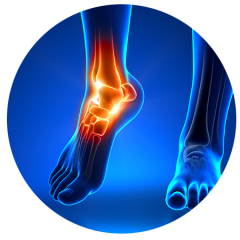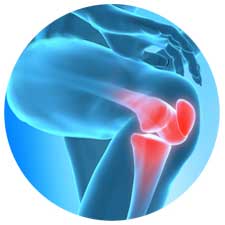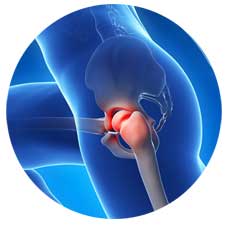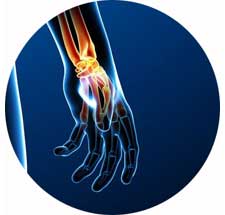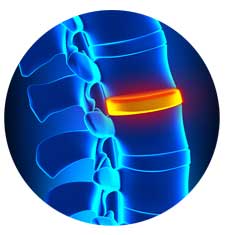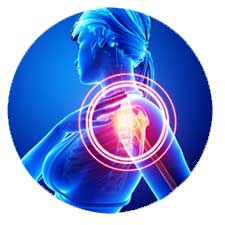Shoulder Conditions and Treatments
For those with debilitating shoulder injuries and conditions, such as arthritis, labrum and small cuff tears and other sports injuries, the prospect of surgery is not a welcome one. However, the use of cortisone or other steroids is also not a long-term solution, merely ‘papering over the cracks’ in reducing pain temporarily, whilst the underlying condition often remains. As the underlying condition remains untreated, the shoulder can continue to degrade. This is why we advise patients of the potential benefits of regenerative treatments, and suggest that these may indeed be an alternative to invasive shoulder surgery.
Our skilled team will be able to assess your condition and advise honestly and openly about the likely benefits of the various regenerative treatments we offer. Other conditions which we treat with both stem cell and PRP procedures include tendonitis and bursitis, with the aim of regenerating damaged cells, thereby restoring the joints function and improving the surrounding tissue often eliminating the source of pain and discomfort without surgery.
Where we undertake stem cell procedure for a patient presenting a shoulder condition, the harvesting and injection procedure is always done on an outpatient basis and takes just a few hours to complete. We begin by harvesting stem cell and/or platelet rich plasma from the patients’ fat cells or blood in the case of PRP. Stem cells are the body’s own natural healers and have the ability to transform themselves into other type cells depending on which are needed locally to where they are. In this case, it would be to replace cells required to repair damage joints or soft tissue in the affected shoulder, such as bone, muscle cells or tendon. Platelet rich plasma injections contain a concentrated amount of growth factors. These growth factors in the platelets stimulate local stem and other cells, encouraging them to heal the damage areas of the shoulder quicker.
As when the body undertakes a natural healing process, the injection of stem cells or PRP will not immediately fix the damage of the shoulder, however we would expect there to be noticeable improvements in around three to four weeks post procedure. Even after this, we would expect the improvements to the shoulder and reduction in pain to continue over the following weeks and months as the stem cells (or the cells they have transformed into) continue to heal the shoulder.
Our aim is always for our patients to regain full mobility in their shoulder, without any pain, and without the need for surgery, recuperation or long periods of physiotherapy. A targeted specialist physiotherapy program often helps and may be advised at consultation. This can be provided as part of the recovery program if needed.

